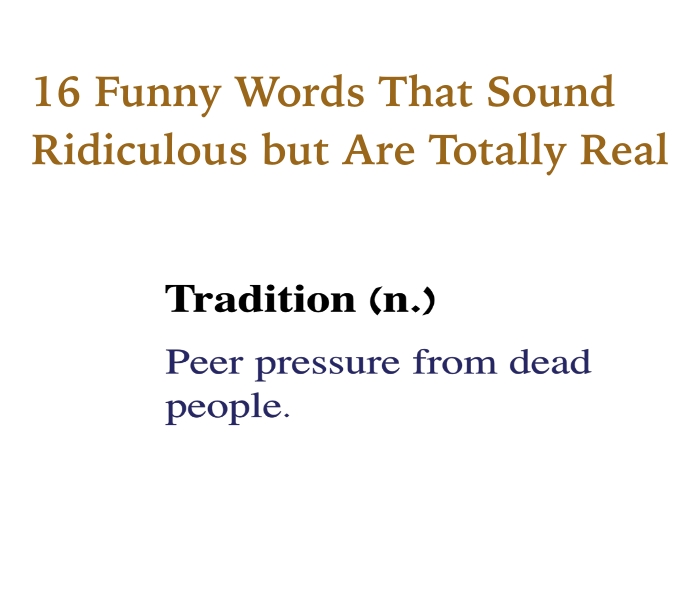1. What is Conlang?
What is Conlang? Conlang, short for “constructed language,” is a language that has been created by an individual or group, as opposed to a natural language that has developed over time through use by a speech community. Conlangs can be created for various reasons, such as for fictional worlds in books, movies, or TV shows, for artistic expression, or for personal enjoyment. Some examples of conlangs that have gained attention include J.R.R. Tolkien’s Elvish languages in The Lord of the Rings, Dothraki in Game of Thrones, and Klingon in Star Trek
Thank you for reading this post, don't forget to subscribe!
Constructed languages, also known as conlangs, have been gaining popularity in recent years, thanks in part to their use in popular movies, TV shows, and books. Conlangs are languages that have been created by an individual or group, as opposed to natural languages that have developed over time through use by a speech community.
2. Examples of conlangs
One of the most famous examples of a conlang is J.R.R. Tolkien’s Elvish language in The Lord of the Rings. Tolkien was a linguist and created several different Elvish languages, including Quenya and Sindarin, to add depth and realism to his world-building. He once said, “I should like to say that the invention of languages is the foundation. The ‘stories’ were made rather provide a world for the languages than the reverse. To me, a name comes first and the story follows.”
Another well-known conlang is Dothraki, created by David J. Peterson for the HBO series Game of Thrones. Peterson worked with the show’s creators to develop a language that was both believable and unique, and he went on to publish a guide to the language and even teach a college course on it. In an interview, Peterson said, “What’s cool about conlangs is that they can do things that natural languages can’t. They can be designed for a specific purpose, for a specific audience, for a specific setting.”

Another example of a conlang is Klingon, created by Marc Okrand for the Star Trek franchise. Klingon has become one of the most widely known and studied conlangs, with its own grammar, vocabulary, and even a Shakespeare play translated into the language. Okrand has said, “It was never intended to be a ‘real’ language, but it’s become one in the sense that people use it and study it as if it were a real language.”
Conlangs can also be used for artistic expressions, such as the work of artist and conlanger Nick Nicholas, who creates conlangs as a form of poetry and performance. Nicholas has said, “Conlanging is an art form that allows for the creation of new and unique languages, each with its own personality, history, and culture…It’s an opportunity to explore the boundaries of human communication and to push the limits of what we believe is possible.”
check more here: What is conlang?
Anything you need to know about human language!
Conlangs can also be created for personal enjoyment, as a hobby, or as a form of self-expression. With the rise of online communities and resources, it’s becoming easier than ever for people to learn about and create their own conlangs.
3. Can Conlang have an impact on natural languages?
It is possible that conlangs could have an impact on natural languages, although the extent of this impact would likely be limited. One way that conlangs could potentially impact natural languages is through the creation of new words or phrases. For example, if a conlang becomes popular through its use in a book, movie, or TV show, people may begin using words or phrases from that conlang in their everyday speech. This has happened with words like “hobbit” and “orcs” from J.R.R. Tolkien’s Middle-earth, and “Klingon” and “Dothraki” from Star Trek and Game of Thrones.
Another way that conlangs could impact natural languages is through their influence on language education and linguistic research. The study and creation of conlangs can help researchers better understand the complexities of natural languages, and may lead to new insights and theories about language and communication. Additionally, learning conlang can be a fun and engaging way for people to learn about and appreciate the structure and beauty of natural languages.
It’s also possible that conlangs could have an impact on natural languages by promoting multilingualism and cultural awareness. Conlangs can be used to explore different linguistic and cultural perspectives, and learning a conlang can help people appreciate the linguistic and cultural diversity of the world.
While it is possible that conlangs could have an impact on natural languages, it would likely be limited and indirect. They could create new words, impact language education and research, and promote multilingualism and cultural awareness. However, the impact is not likely to be significant or direct on the existing languages.
4. Example: Name: Lumina
Background: Lumina was created by a group of explorers who discovered a mysterious ancient civilization deep in a secluded valley. The people of this lost civilization communicated through a unique system of light signals and harmonious sounds, which inspired the creation of Lumina. The goal of Lumina was to preserve the beauty of light-based communication while incorporating more practical elements for modern usage.
Phonetics and Sounds: Lumina incorporates a range of soft, melodious sounds, reflecting the harmony and tranquility of light. It has a relatively small consonant inventory but a vast array of vowel sounds, creating a musical quality to the language. Vowel length and tone are essential features in Lumina, allowing for subtle nuances in communication.
Grammar: Lumina has a subject-verb-object (SVO) word order, but it also places emphasis on the role of light verbs, which complement main verbs to convey additional meaning and emotional context.
Writing System: The Lumina writing system combines symbols representing both light patterns and musical notes. The symbols can be written with luminescent ink on specially prepared paper or displayed on illuminated screens.
Vocabulary: Lumina draws inspiration from nature, celestial bodies, and light-related concepts, resulting in a lexicon filled with ethereal and poetic words.
Sample Phrases:
- Hello: Alailum (lit. “The light shines upon you”)
- Thank you: Vesotar (lit. “I reflect your light”)
- Goodbye: Lysta soli (lit. “Farewell, until the next sunrise”)
- Love: Celumir (lit. “The intertwining of light”)
- Tree: Virelum (lit. “Life’s sunseeker”)
- River: Aqualin (lit. “Flowing light”)
- Moon: Lunara (lit. “Silver light in the night sky”)
Usage: Lumina is embraced by a growing community of artists, poets, and spiritual seekers who appreciate its expressive and evocative nature. It is also studied by linguists for its innovative use of light verbs and the seamless integration of light-based concepts into a functional language.







